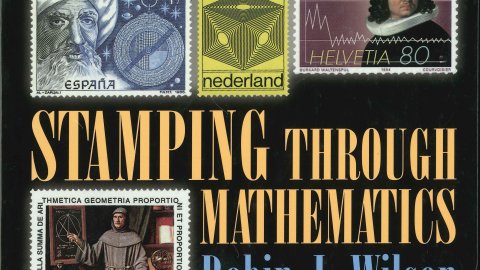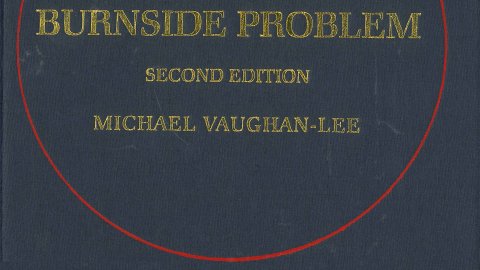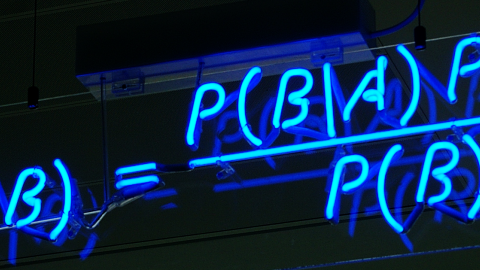Functors of points and moduli problems
Abstract
In algebraic and arithmetic geometry, there is the ubiquitous notion of a moduli space, which informally is a variety (or scheme) parametrising a class of objects of interest. My aim in this talk is to explain concretely what we mean by a moduli space, going through the functor-of-points formalism of Grothendieck. Time permitting, I may also discuss (informally!) a natural obstruction to the existence of moduli schemes, and how one can get around this problem by taking a 2-categorical point of view.
From MHV diagrams and Twistors to the one-loop Dilatation Operator in the SO(6) sector
Abstract
About 10 years ago Minahan and Zarembo made a remarkable discovery: the one-loop Dilatation Operator in the SO(6) sector of planar N=4 SYM can be identified with the Hamiltonian of an integrable spin chain. This one-loop Dilatation operator was obtained by computing a two-point correlation function at one loop, which is a completely off-shell quantity. Around the same time, Witten proposed a duality between N=4 SYM and twistor string theory, which initiated a revolution in the field of on-shell objects like scattering amplitudes. In this talk we illustrate that these techniques that have been sucessfully used for on-shell quantities can also be employed for the computation of off-shell quantities by computing the one-loop Dilatation Operator in the SO(6) sector. The first half of the talk will be dedicated to doing this calculation using MHV diagrams and the second half of the talk shows the computation in twistor space.
These two short talks will be followed by an informal afternoon session for those interested in further details of these approaches, and in form factors in Class Room C2 from 2-4.30 pm then from 4.30pm in N3.12. All are welcome.
15:00
The Cube/AIDA algebraic attacks: generalisations and combinatorial results
Abstract
The cube attack of Dinur and Shamir and the AIDA attack of Vielhaber have been used successfully on reduced round versions of the Trivium stream cipher and a few other ciphers. These attacks can be viewed in the framework of higher order differentiation, as introduced by Lai in the cryptographic context. We generalise these attacks from the binary case to general finite fields, showing that we would need to differentiate several times with respect to each variable in order to have a reasonable chance of a successful attack. We also investigate the notion of “fast points” for a binary polynomial function f (i.e. vectors such that the derivative of f with respect to this vector has a lower than expected degree). These were introduced by Duan and Lai, motivated by the fact that higher order differential attacks are usually more efficient if they use such points. The number of functions which admit fast points were computed by Duan et al in a few particular cases; we give explicit formulae for all remaining cases and discuss the cryptographic significance of these results.





